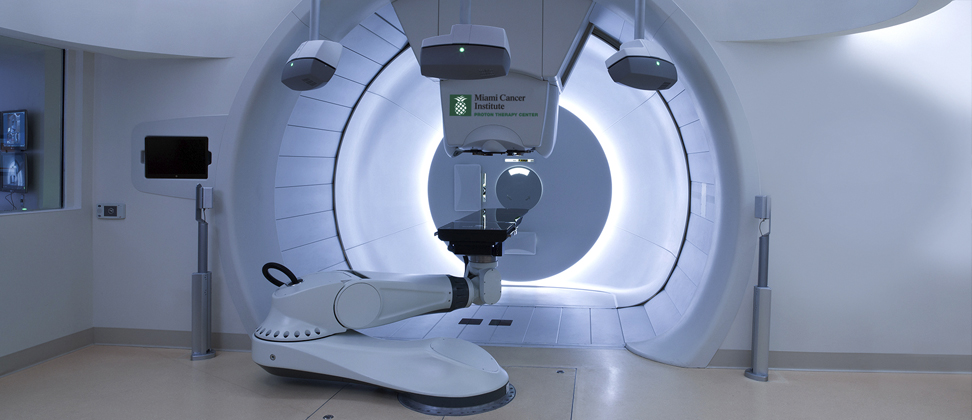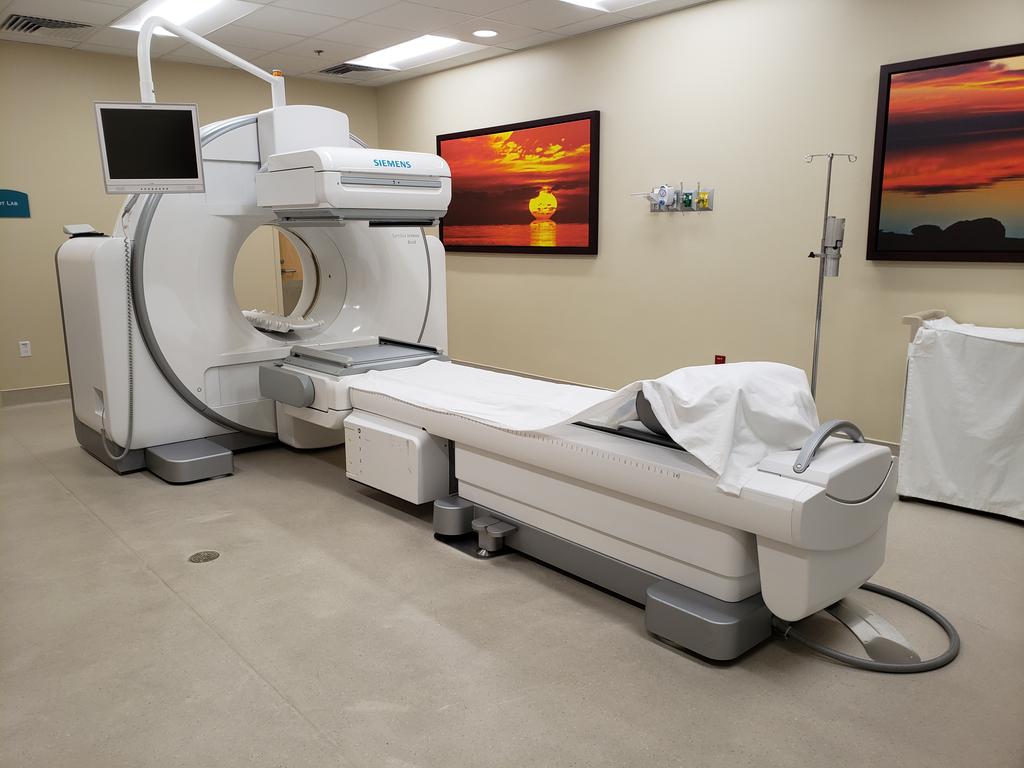JC Holmes, imaging director at Mariners and Fishermen community hospitals, describes the technological advancements in screening as “Flintstones to Jetsons.” With all the progress, the most common cancer in women, breast cancer, is one of the most treatable forms.
One of three diagnostic imaging service locations in South Florida is at Mariners Hospital in Tavernier. Holmes, who’s served as imaging director the past five years, says Mariners offers a full scope of imaging services, including the most advanced technology like 3D mammography.
“It’s been tremendous,” said Holmes, who started in the field 20 years ago as a technician. “We were taking images on film and developing them. Over the years we got into a digital format, which has meant enhanced image quality and computer software.”
Earlier this year, Mariners added the SPECT/CT (Single photon emission computed tomography/computed tomography) to its arsenal of advanced technologies. The piece of equipment, which was obtained with help from donors and those who supported the Bougainvillea Ball in 2018, takes two different kinds of scans that are merged together to pinpoint any abnormality. It can detect whether there’s a tumor, rapid activity or just bones healing from treatment.
So what’s the benefit behind all of this advancement? Holmes said computers are helping radiologists diagnose more accurately.
“Sometimes they’re like a grain of sand in the tissue. The sensitivity of equipment has improved drastically,” Holmes said.
With advanced breast imaging techniques, including digital and three-dimensional mammography, breast MRI and ultrasound, Holmes stresses the importance of annual screenings. The earlier breast cancer is detected and diagnosed, the easier it is to treat. Holmes knows that well through personal experience with his mother.

“We caught it early enough and took the necessary steps, and now she’s in remission,” he said. “We never would have known without the screening. If you’re not getting screenings, you’re putting it off or you don’t want to go, you should go because the earlier we can detect, the greater the success rate.”
On the treatment side, the Miami Cancer Institute, part of Baptist Health South Florida, is a member of the Memorial Sloan Kettering Alliance, a collaboration aimed at improving patient access to the latest and most effective cancer treatment advances and cancer care — one of those being proton therapy. It’s an advanced form of radiation therapy that uses high-energy protons to treat tumors.
Unlike traditional radiation therapy, which uses X-rays, proton therapy uses streams of particles, called protons, to deliver radiation dosages to the cancer cells. Since protons completely stop inside the tumor, the specific radiation dose is delivered solely to the tumor without injuring the surrounding healthy tissue. In standard photon treatments, X-rays pass through healthy tissues and organs on the way in and out of the body, delivering doses to healthy organs.
Mariners Hospital ICU and Oncology Services Director Rosie Sanchez notes that cancer treatment is evolving and changing quickly. And while proton therapy may not be adequate for everyone, Sanchez encourages patients to meet with their breast specialist to develop an individualized treatment plan.
More information on screening and proton therapy at MiamiCancerInstitute.com.





















